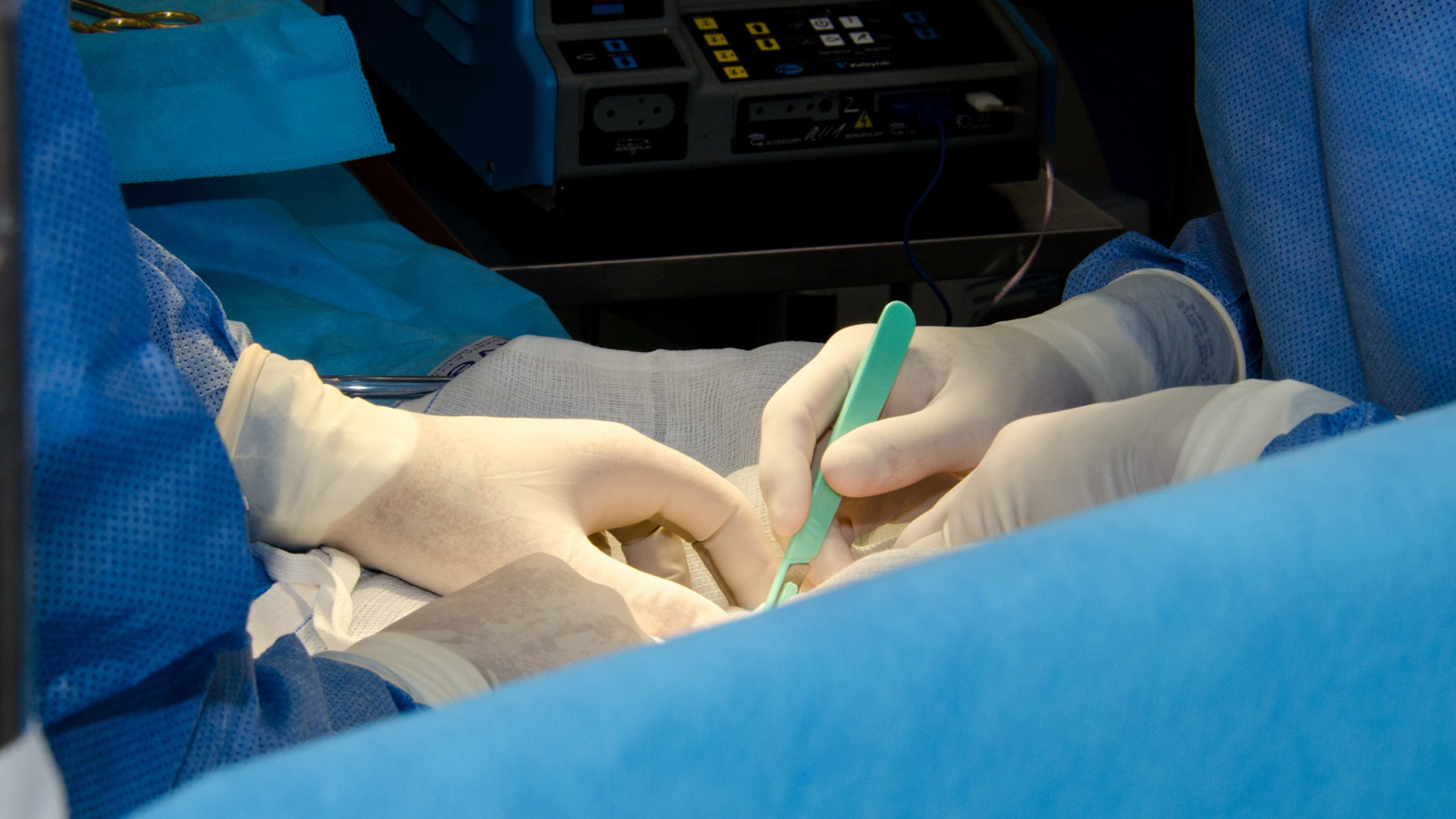
Once a cesarean, always a cesarean? Not necessarily. While that may have been the standard medical practice for great-grandma, more and more women are exploring and conquering the world of VBACs every year. VBAC stands for Vaginal Birth After Cesarean. They may not be for everyone, but surgically intervening in subsequent pregnancies simply because a c-section was performed in the past is not the only option on the labor table. There are risks and vital considerations to weigh either way, but the important part is the woman's voice and choice when it comes to birthing rights.
While planning a VBAC following multiple c-sections is not impossible, it is crucial to be well-informed of the risks and take proper precautions, which includes individual health circumstances concerning the mother and her prior pregnancies. Sometimes, according to Mayo Clinic resources, a pregnancy complication or underlying condition prevents the possibility of a successful VBAC. It depends on the mother's medical history, and also the reasons she had her previous surgeries.
VBAC Risks and Research
In November 2005, the Centers for Disease Control and Prevention reported the national cesarean birth rate was at 29.1%-the highest rate ever. Up to 90 percent of women who have c-section deliveries are candidates for VBAC. Women who have had both a vaginal and cesarean birth have the highest rate of VBAC. Approximately 60-80% of women who have had a cesarean birth can have a successful VBAC, according to the ACOG. In addition, the complications for infection and blood loss are reportedly less when delivering vaginally versus a repeat cesarean, according to the ACOG. According to the March of Dimes, some women may not be able to have a safe VBAC; these include women who have not had a low transverse incision; who have placental problems; have health conditions like heart disease, diabetes, or genital herpes; women carrying twins; women who have had 2 or more c-sections and never had a vaginal birth; and women who have an unusually large baby or have gone past their due date. Induction of labor is also not recommended for VBAC.
Scar tissue is one of the biggest risk factors when considering VBAC after multiple cesareans. The primary concern, according to The International Cesarean Awareness Network, Inc. (I-CAN), which is a non-profit organization dedicated to helping women make educated childbirth decisions, is that of uterine rupture. Uterine rupture occurs when a separation of the uterine wall occurs at the scar of the previous cesarean. Uterine rupture can be life-threatening and serious; however, according to I-CAN, the risk of uterine rupture occurring is very rare, affecting less than 1% of women who attempt a VBAC. After a woman has had a VBAC, her risk of uterine rupture decreases more with each vaginal delivery. "Each and every pregnancy is different," states I-CAN. "It is important for women to evaluate their own situation carefully with the assistance and guidance of a trusted caregiver."
Support For Your VBAC
If you are trying to attempt a VBAC, find a supportive doctor and discuss your options. Some doctors may not be comfortable with or support attempting vaginal birth after multiple cesareans. "The most important thing that you can do is to make an educated decision," explains Kathy Oakes, a Certified Holistic Birth Doula at Serenity Holistic Health and Wellness. "And that often means stepping outside of just what your OB is saying. Research the facts, talk to moms who have had successful VBACs."
Keeping an open mind and finding the right support for your birth plan is essential. If your doctor refuses to discuss the option of VBAC with you, seek out a second opinion. There are doctors that are open to letting you try a VBAC. However, keep in mind every woman's circumstances are different and making an educated decision involves knowing your risks, and deciding with your doctor if you are a good candidate for a VBAC.
What if your lack of support is not coming from your obstetrician, but from your family? Some women, who would like to explore the option of VBAC, receive negative feedback from close family and friends. One of the best things a mom that is trying to have a VBAC can do is hire a doula.
A doula is a hired advocate specifically trained in birth support. They provide physical and emotional support during your pregnancy, labor, and delivery. A doula experienced with VBAC deliveries can assist you in planning your birth and help advocate for you during birth to help you to have a successful VBAC.
For more information about VBACs and to find support visit JustMommies VBAC message board.
Find resources and support you can trust. Know that whether you deliver vaginally or via cesarean, the most important thing is the safety and health of the newborn and mother.


